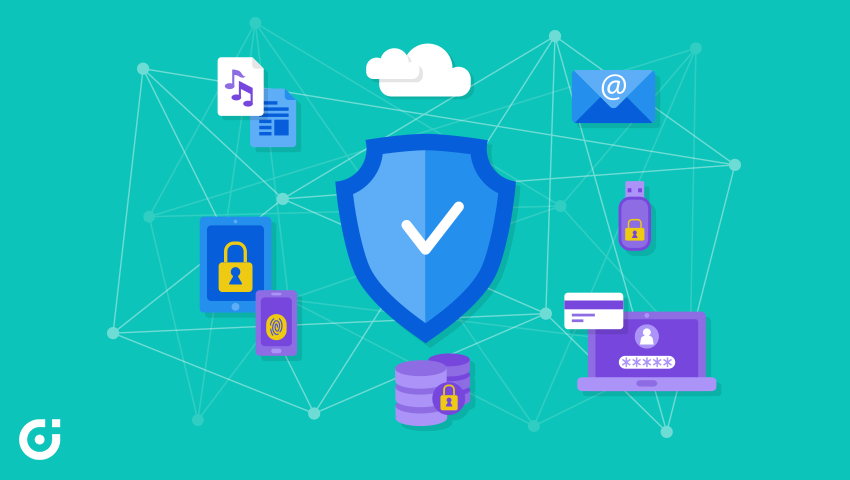How well is your organization at helping customers solve their concerns quickly and easily? What practice do you follow to keep your customers contended? How do you take follow ups on your offerings? The key is to come up with a solution that allows you to smoothly integrate customer feedback into your services. Staying in touch with your consumers after they have bought your products is important in order to ensure that they come back to you again and do business with you.
Turning visitors into loyal customers is of course a tough thing and you need to be ready with an appropriate strategy to get desired results. Targeted online surveys to help you understand what your customers want is a great way to turn casual visitors into paying customers. Surveys those are short and to-the-point get the best responses from customers.
Here are 10 tips that will help you create the perfect online surveys.
1. Define Purpose Of Your Survey Clearly
First step is to know the purpose of creating an online survey. Don’t just create a survey and jump into results that take you “Nowhere”. Ask yourself What is the purpose of your survey? Why do you want to create it? What do you expect from the survey? How will you use the survey data? What impact will the feedback have on your customers?
All above questions are necessary to ask while defining the objectives of your online surveys. Getting the objectives right will help you create quality surveys that get the right feedback. Feedback that you can use for improving your product offering and services.
2. Keep Surveys Focused & Short
Surveys that are short and focused benefit you a lot from both quality and quantity point of view. Short surveys normally get higher replies and low abandonment among survey respondents. It is human nature to get things done as quickly as possible. And that is why your surveys must be to the point. Ensure each question is straightforward to help meet your defined objectives.
3. Create Simple Questions
Ensure the questions created are easy to understand. Try to avoid technical words and the usage of jargons. Also make them specific and direct all the time.
4. Use Closed Ended Questions
Your survey should consist of closed ended questions with specific options as answers. This helps survey respondents answer quickly and you have done all the thinking for them. These questions can take the form of yes or no, rating scales or multiple choices. Closed ended surveys are far more effective in getting the right and standardized responses and thus makes survey analysis fast and easy.
5. Create Rating Scale Questions Constantly
Rating scales are an ideal way to compare and measure sets of variables. If you decide to use rating scales, keep them consistent in the survey. Use the same number of points on the scale and ensure meanings of high & low are consistent.
6. Logical Ordering Of Questions
Ensure the survey questions flow in a logical manner. Start off with easier questions that motivates the respondents to complete the survey. Use the more difficult questions in the middle and again end the survey with simple questions. This practice generally gives better results.
7. Test Surveys In Advance
Ensure you pre-test online surveys with a small group of target audience or co-workers who already know you are testing the survey. This would help find glitches before sending final surveys.
8. Keep Your Audiences In mind
Always keep your audience and their behavior in mind while executing surveys. According to experts, for online surveys, highest open rates and click rates are observed on Tuesdays and Fridays. But you must send your survey keeping in mind your audience. For example, if you are sending the survey to college going students, you would better send them on weekends when their colleges will be closed.
9. Consider Sending Reminders
Always remember to send reminders to those who have not replied to your surveys. It will boost the response rates. There is a high chance that you will not get optimum response the first time you send the survey. If you send reminders you maximize your survey’s chances of getting replied to.
10. Offer An Incentive
It depends on the type of survey and your audience. You can offer incentives to greatly improve your response rates. People always like the idea of getting something back in return for their efforts. And if you give something back you can expect a much more enthusiastic response of your audience.





